Barbie's got a new look and a squad of new gal pals in all different shapes and styles to back her up. Released for sale in January of this year, Barbie has been given three new body types -- tall, petite and curvy -- as well as seven new skin tones, according to an article by CNN.
The perfect "shape" is being redefined in our world, people look at celebrities like Kylie Jenner and Nicki Minaj and this has really challenged our perception of our selves. The booty is a huge fad and has become a desirable attribution to our "perfect" body type. In many ways, the world has been more accepting of larger body types and in other ways, done just the opposite. Taking a deeper look into the idea of "Barbie" and the inter-workings of the Barbie empire, there are interesting arguments for and against this progressive move.
Being a girl who has grown up around Barbies all my life and even been referred to as one, I can feel the pressure of my environment to keep these qualities, but what does this really mean? How can a doll, a child's toy, make such an impact on race? Well I believe the answer to this lies in understanding what is it like to not be a blonde-haired, blue-eyed, size 2. It has become necessary to talk about issues, instead of pretending they are not there and Mattel, the company responsible for Barbie's manufacturing, has proven they are ready to do that through this move.
The counter-arguments for this move is that this is the last push Mattel has to try to bring in more revenue and make Barbie popular again. Studies in Fortune Magazine show the steady decline in Barbie sales since 2014, its third consecutive year. Many say this is just a stunt to play on the emotions of the little girls that buy these toys and that in fact, "a doll should not be a role model." The iconic look that first made Barbie the hit it was, has been forever changed and many fans dislike this idea, in saying "in making her real, she (Barbie) ceases to exist" which Alexandra Petri wrote in her Washington Post article on the subject.
Early this year, young actor, singer and dancer, Zendaya Coleman was honored in the creation of her very own doll, direction to her proportions, even her dreaded locks and pinkie ring. This was a ridiculed move as well, but ultimately gained praise from the world in breaking the seal of Barbie. I remember a remark from my friend who is colored, that she wished "playing with Barbies was still acceptable at our age, because she (the doll) looks like me, I bet play-time would have been more fun with all my little white friends, because my Barbie would be the best-looking one in the room." I realized that was true, she didn't have a toy that looked like her, which never really occurred to me before.
This idea that a toy should not be a role model is a powerful one in the back lash of this movement but one can't help to think we live in a different world now. Gender injustices are being solved; there is a movement in race issues -- people can be different and in being different they can still be respected, or at least there are movements in doing so. This may be a trivial move for some, but for others it is a step forward in self-love and acceptance which decades of studies show is learned through the social act of playing with toys. I know personally I can't wait to give my little girl a Barbie that is different, because this is pivotal in understanding the world we live in, the world is not black and white, it's filled with a kaleidoscope of colors and shapes.

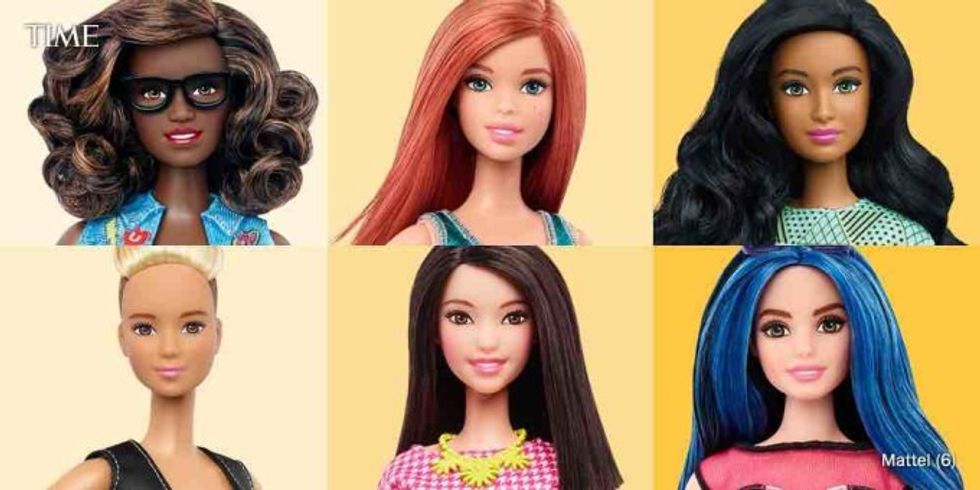
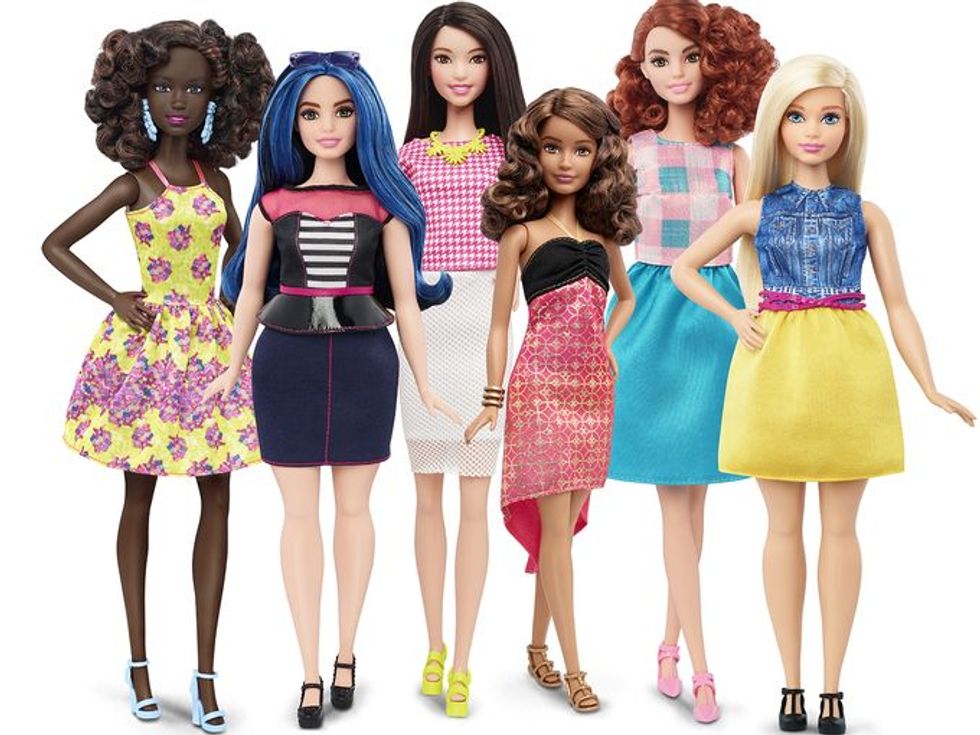
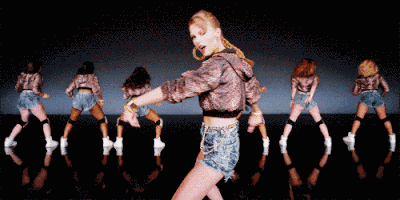
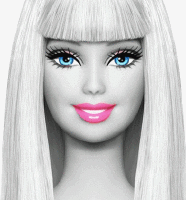
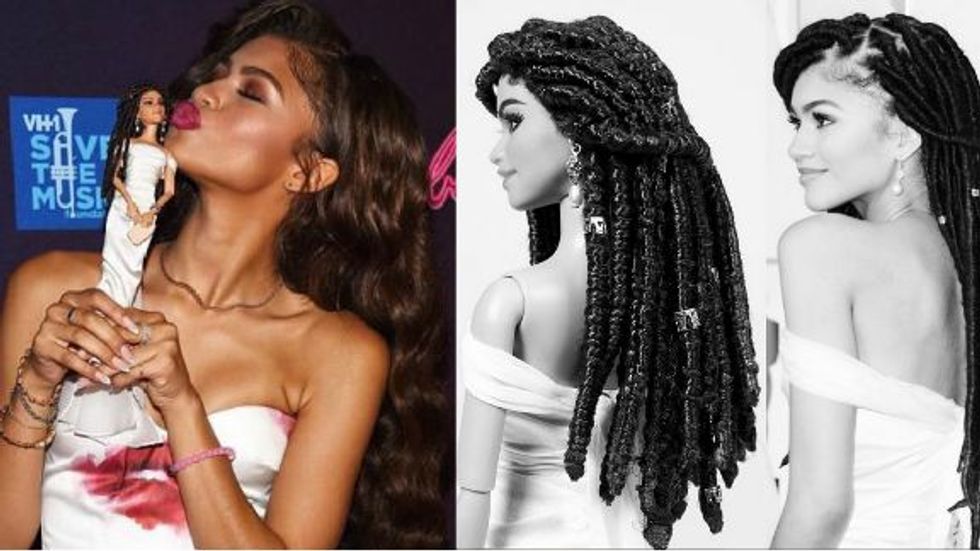

 StableDiffusion
StableDiffusion
 full parking
StableDiffusion
full parking
StableDiffusion


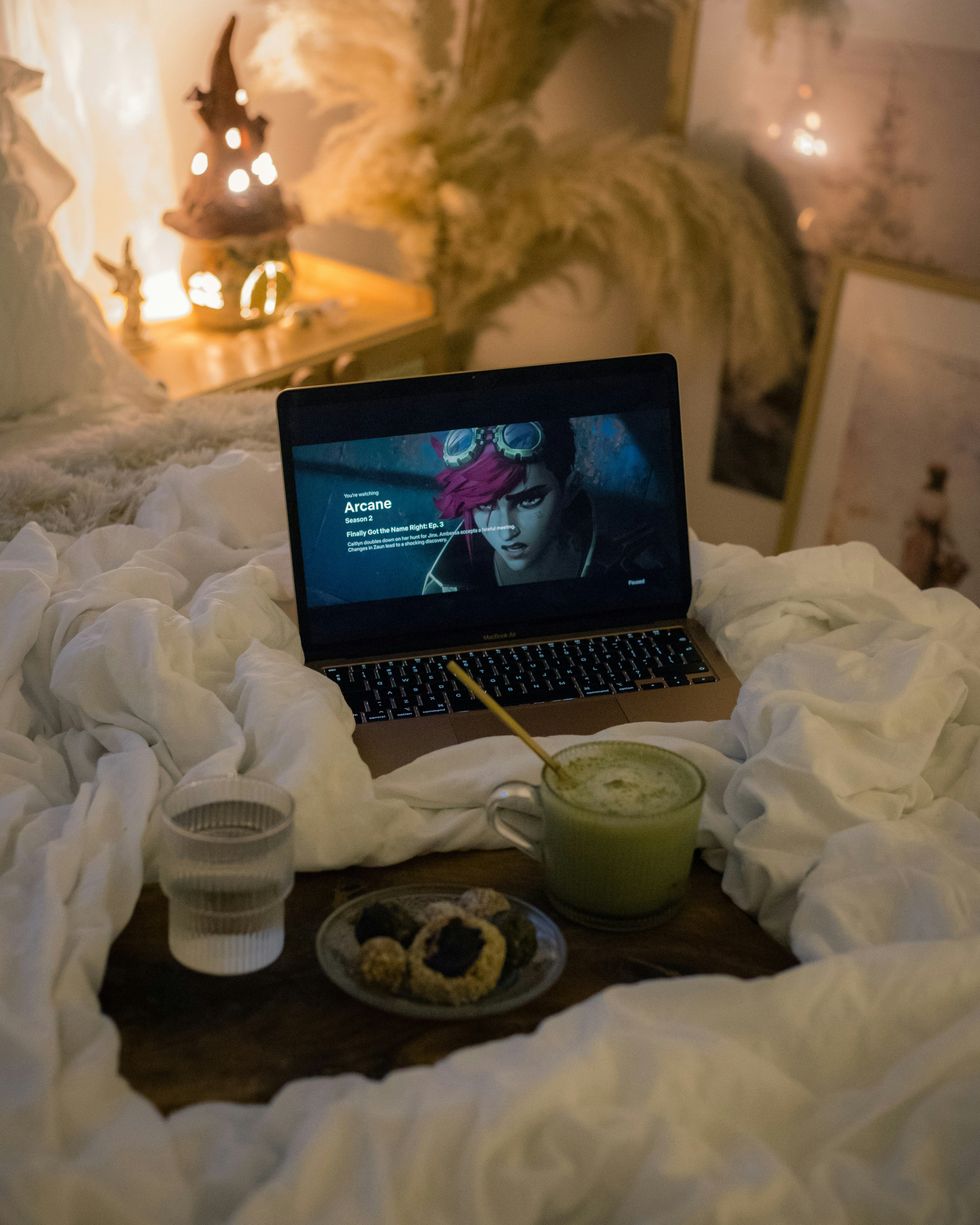 Photo by
Photo by 
 Photo by
Photo by  Photo by
Photo by 









